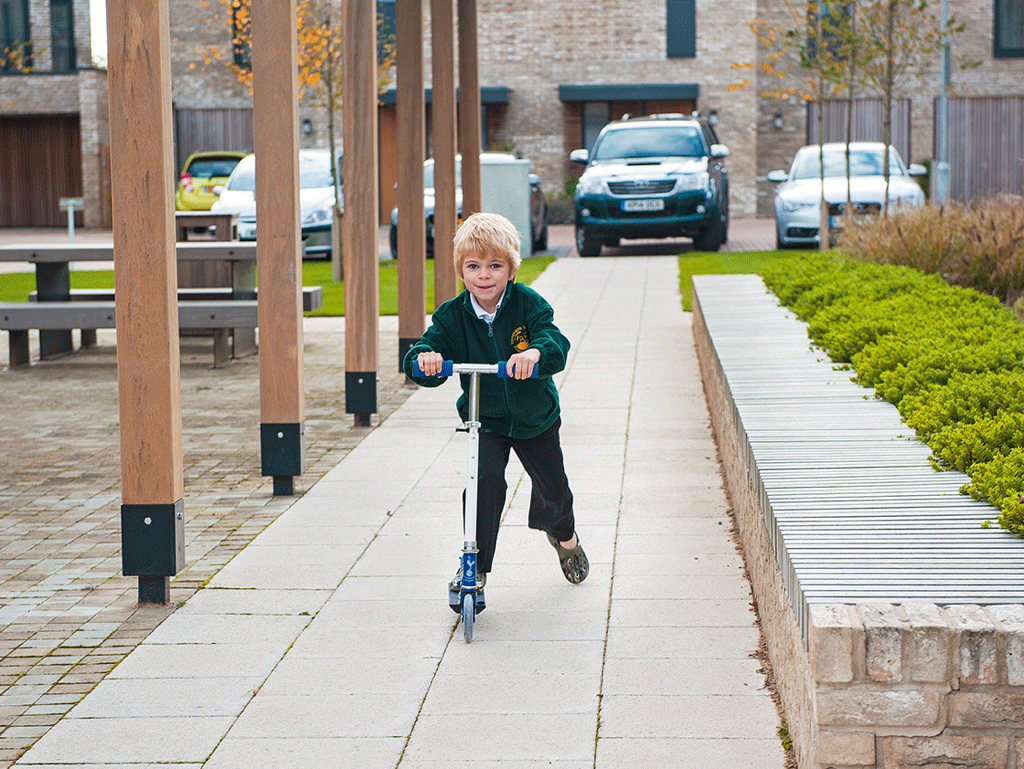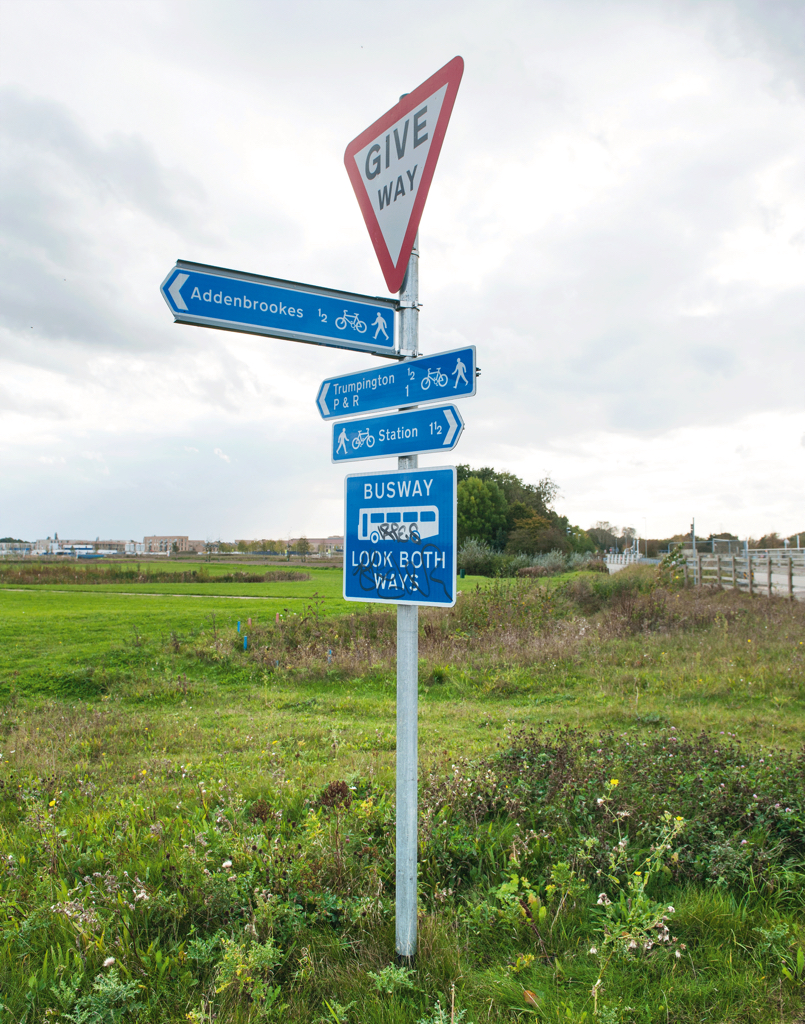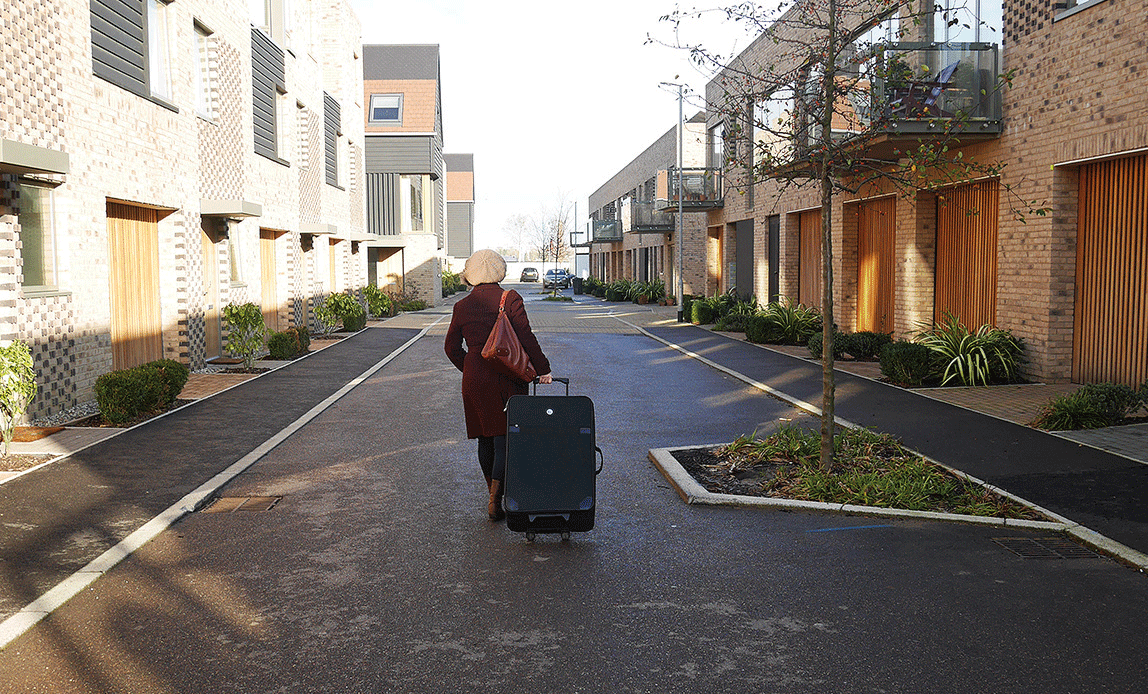
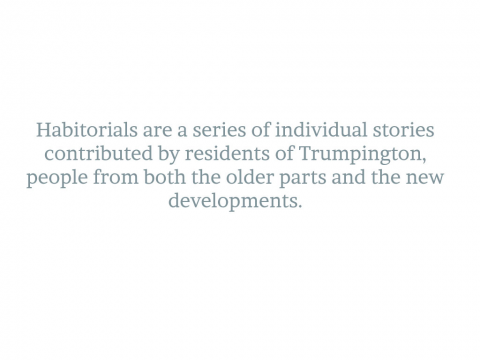
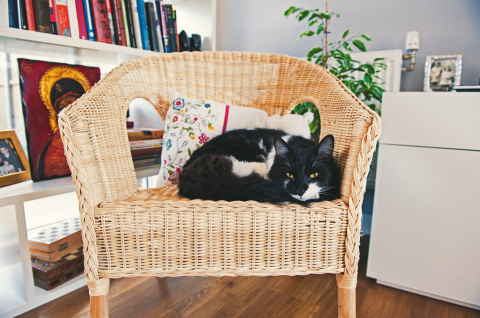
They are stories about home and pride of place
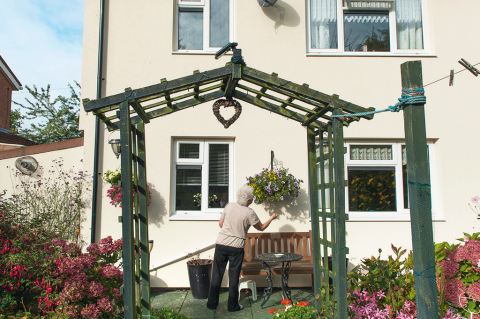
About memories of the past and desires for the future
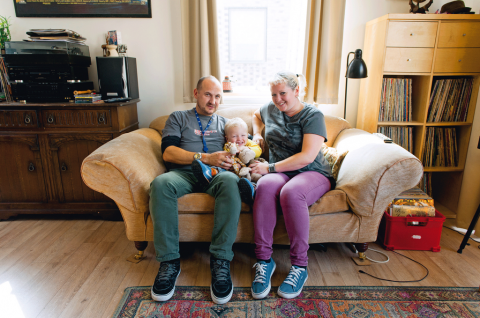
about family and community
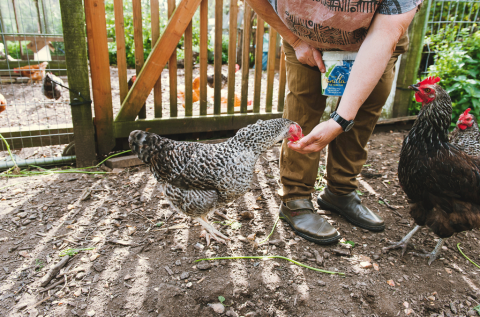
gardens, kitchens, chicken and shops
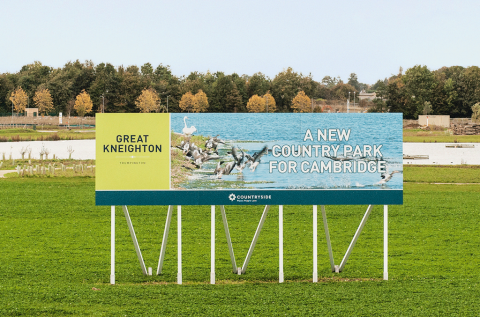
worries and hopes
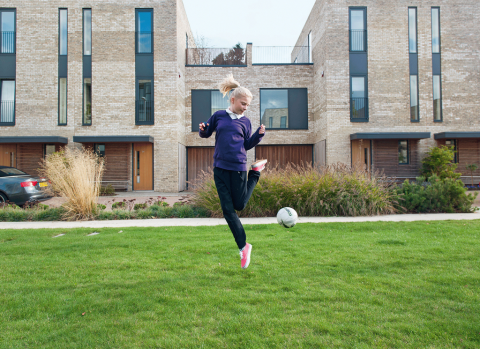
about day-to-day living and about change
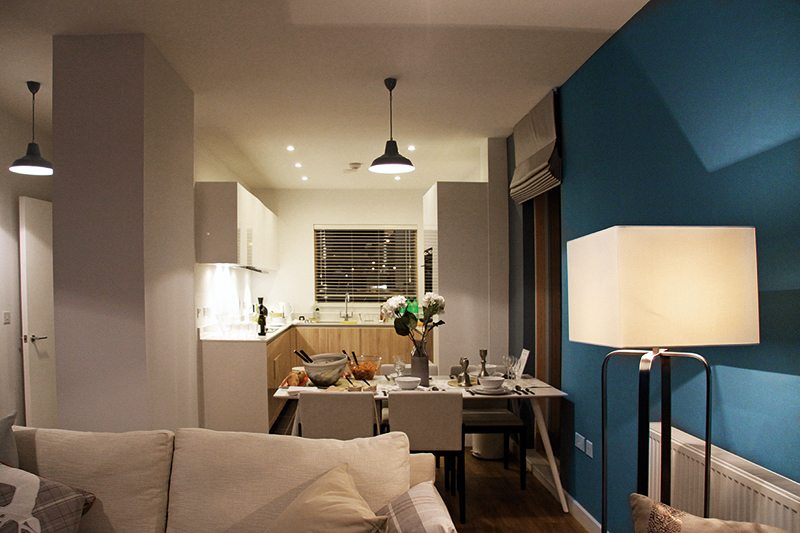
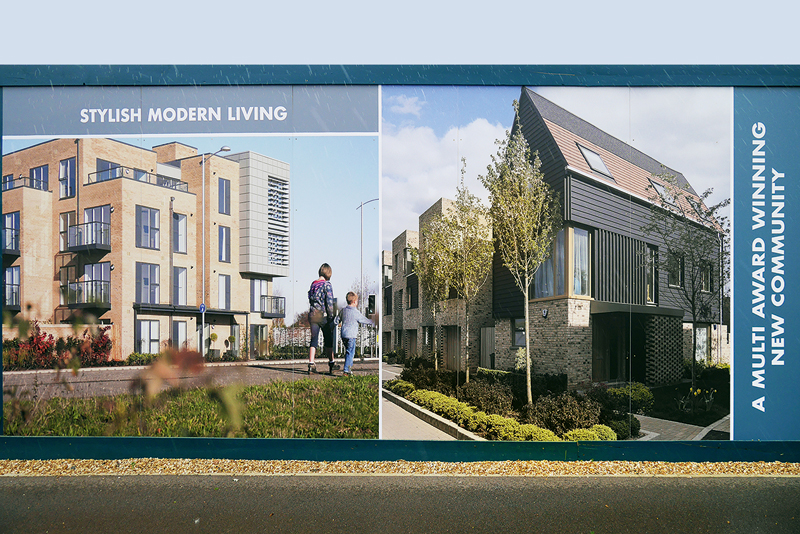
Lives inSefton Close (off Scotsdowne Road)
Moved to Trumpington in1990
Type of housing4-bedroom detached house, built in the 1960s
Current market valuearound £420,000 (according to Zoopla)
Favourite place in Trumpington“Byron’s Pool is my number one spot. I like the wildlife and the peace and the water and the trees, and all that stuff, which is wonderful.I also have also a fondness for the railway crossing that goes across the fields to Addenbrooke’s Hospital. My husband Jimmy (then my boyfriend) and I walked down there one evening when we were commuting between London and Cambridge and had a conversation about our future. We decided there that we were going to stay together long term. A month later I was pregnant. It feels like that spot has a force field under the ground! There’s a bridge there now. I know this isn’t going to be everyone’s cup of tea but I love seeing Addenbrooke’s Hospital on the horizon. Partly because I worked there and partly because we had our wedding reception there, at the Frank Lee Centre.”
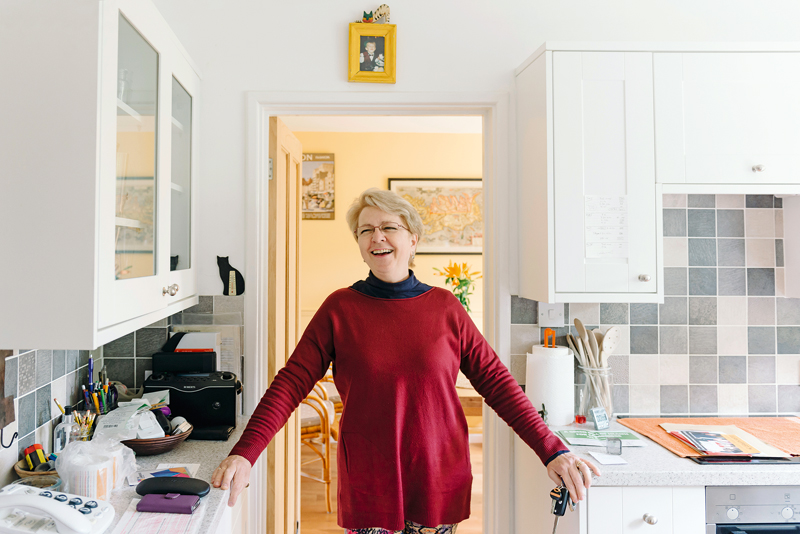
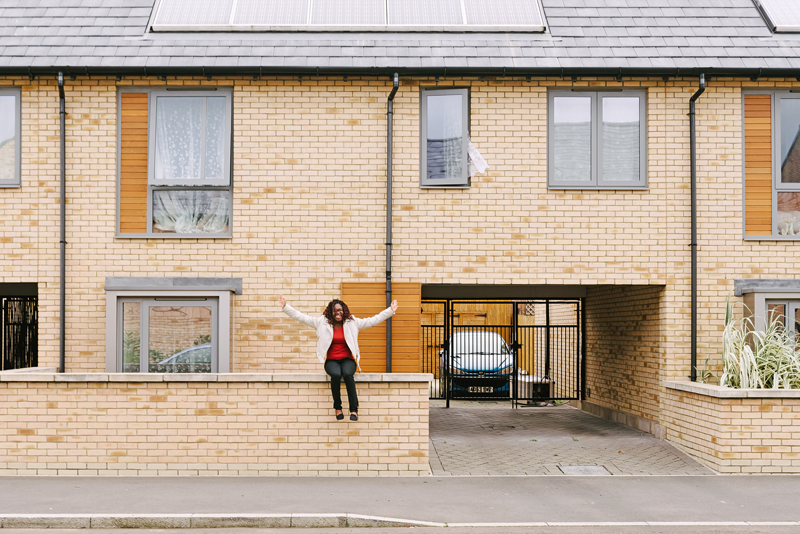
Lives inSpring Drive, Trumpington Meadows
Moved to Trumpington inDecember 2012
Type of housing3-bedroom terraced house, finished in the 2012, rented from housing association
Current market value2, 3 & 4 bedroom houses on the Trumpington Meadows are being advertised from £429,995 to £649,995 on Barratt’s website
Current council rent£165 per week
Favourite place in Trumpington"I love the parks because I love the fresh air I get when I’m out. The atmosphere helps me think up great ideas and I love playing with the kids or watching them play when I take my brother and sister out. It’s always full of excitement and laughter. Even in the horrible winter weather, it never loses its warmth – and I think there’s some beauty in that."
Lives inBishops Road
Moved to Trumpington in2008
Type of housing3-bedroom semi-detached house, built in 1937
Current market valueHouses on Bishops Road have a current average value of £432,257, according to Zoopla
Favourite place in Trumpington"My favourite place in Trumpington is the Cooke Curtis & Co office. Obviously. The reason we liked this location on Trumpington High Street was because everyone knew where the Hobby Shop was. It’s a bit of a shame it closed down, because it was such a landmark, which is why we’ve kept the sign… But we didn’t feel like we were taking away a valuable village resource that could have been something great for the community."
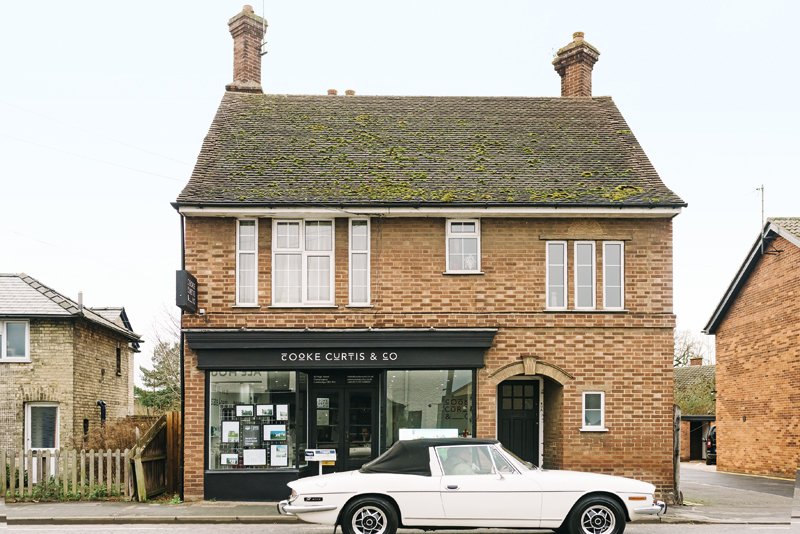
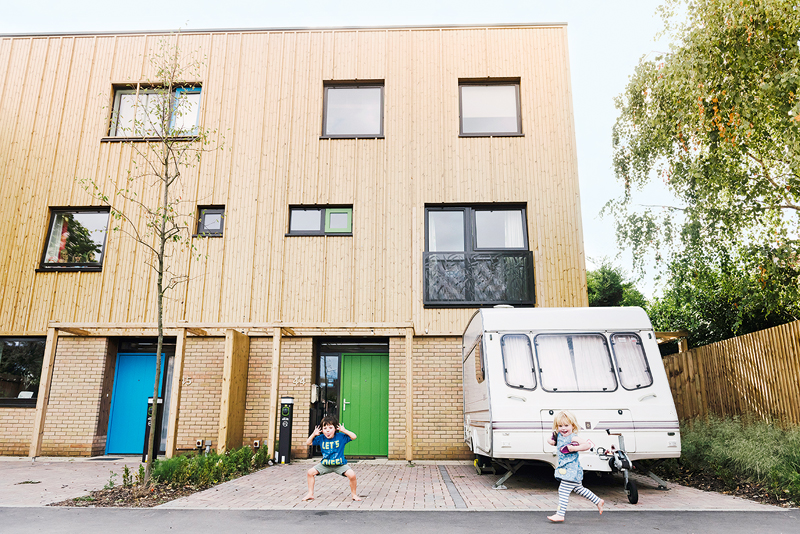
Lives inLingrey Court, behind Anstey Way
Moved to Trumpington inJanuary 2015 (left in January 2016)
Type of housingFour-bedroom, semi-detached eco-home, newly built
Current market valueAround £550,000
Favourite place in Trumpington“Our favourite place in Trumpington is the park and field in the Foster Road estate – the children also love it too!”
Lives inBishops Road
Moved to Trumpington in1974
Type of housing2-bedroom detached house, built in 2013
Current market valueHouses on Bishops Road have a current average value of £432,257, according to Zoopla
Favourite place in Trumpington"Shirley’s favourite place is her own garden, while Stephen’s is away from the city in the countryside."
Please note: some of the images included with this article were supplied by Stephen Brown. The image of the Plant Breeding Institute is supplied courtesy of the PBI. The black and white image is courtesy of Maurice Rayner.
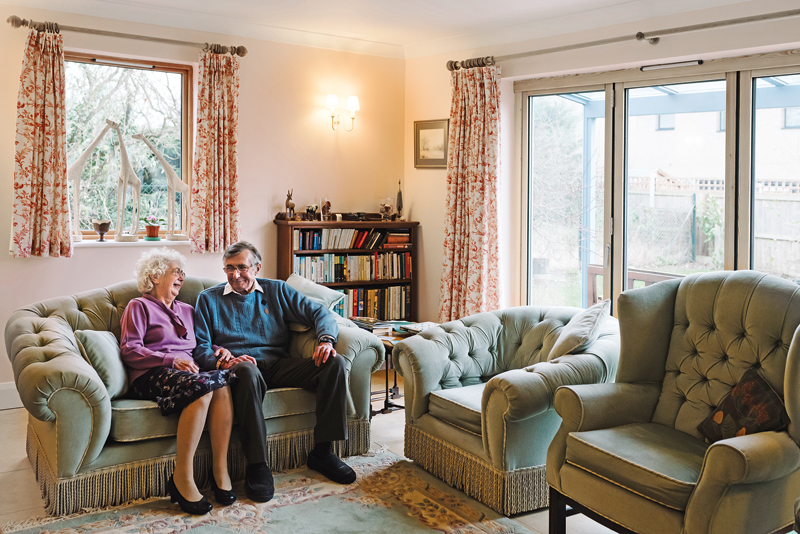
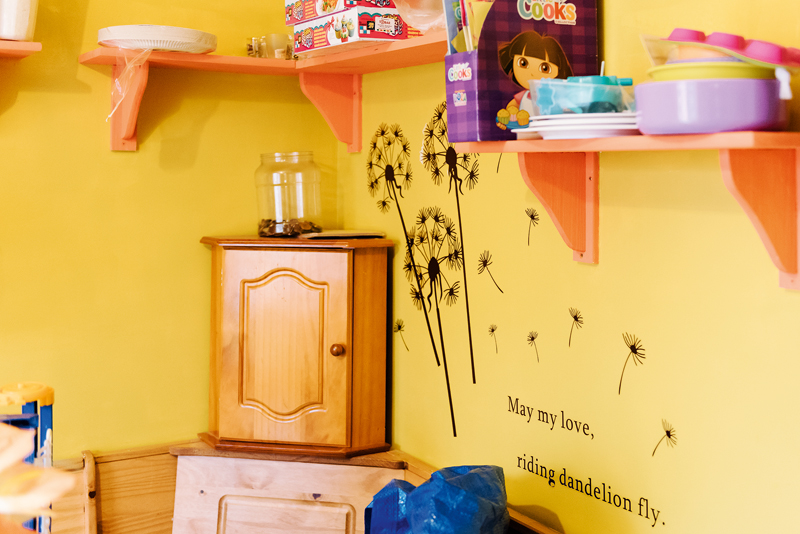
Lives inConsort Avenue, Trumpington Meadows with her husband Derek, 48, and three children (Charlotte, 13; Alice, 10; James, 5)
Moved to Trumpington inOctober 2013
Type of housing4-bedroom terraced house, built in the 2013, rented from housing association
Current market value2, 3 & 4 bedroom houses on the Trumpington Meadows are being advertised from £429,995 to £649,995 on Barratt’s website
Current council rent£168 per week
Favourite place in Trumpington"Some of my fondest memories are of taking the children over to the park near the Pavilion. The children were relaxed and we’d pop into the Bun Shop [on Anstey Way] and get some treats.”
Lives inShelford Road
Moved to Trumpington inSteve and his wife Dee moved to Trumpington in 1972; they share their house with their youngest son Sam, his wife Fran and their two young daughters, Katie and Amy
Type of housing3-bedroom terraced house, built in 1902
Current market valueSimilar houses on Shelford Road have a current value of around £455,000, according to Zoopla
Favourite place in TrumpingtonSteve loves going along to the car boot sale at the Trumpington Park and Ride on Sunday mornings to pick up a bargain. Sam’s favourite spot is the newly named local pub, the Hudson’s Ale House.
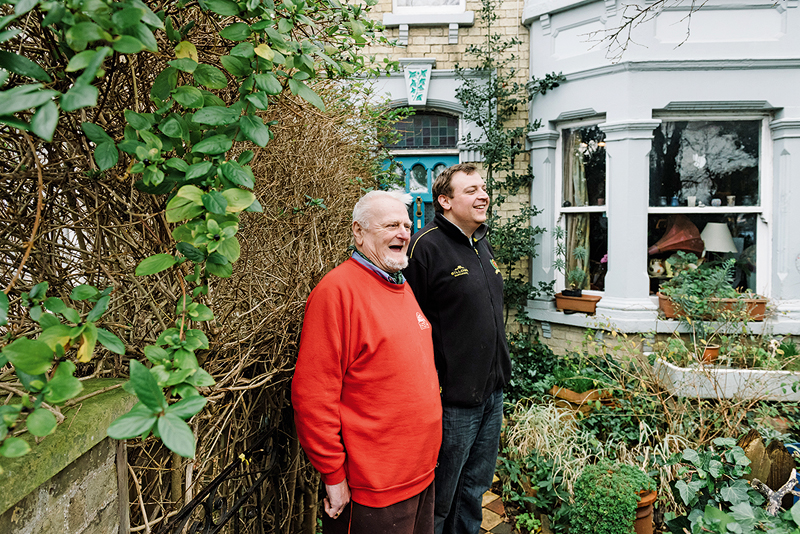
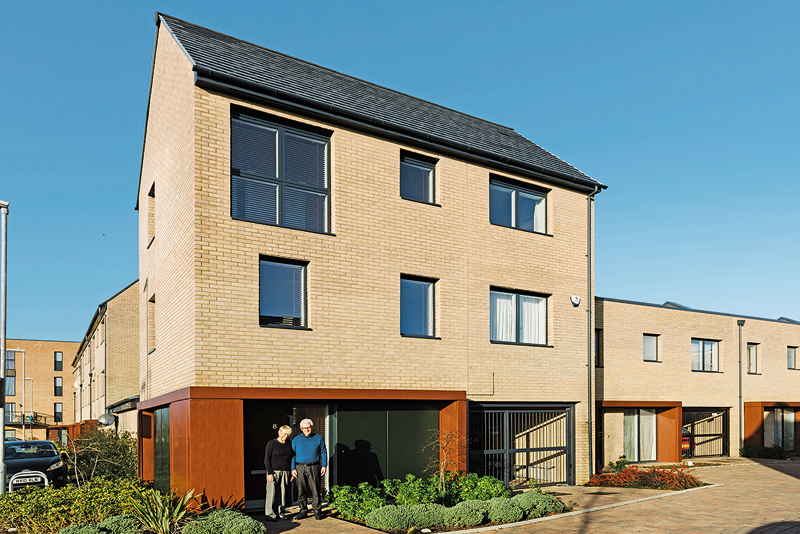
Lives inCedar Road, Novo development
Moved to Trumpington inAugust 2013
Type of housing4-bedroom detached house, built in 2013
Current market valueCurrent value of around £583,000, according to Zoopla (the house cost £490,000 in 2013)
Favourite place in TrumpingtonJen: “My house. I love the sun rises and the sunset. It’s just different every day. It’s fantastic.”
David: “I love the house but I also particularly like the walk down by the River Cam. It’s beautiful down there, it really is."
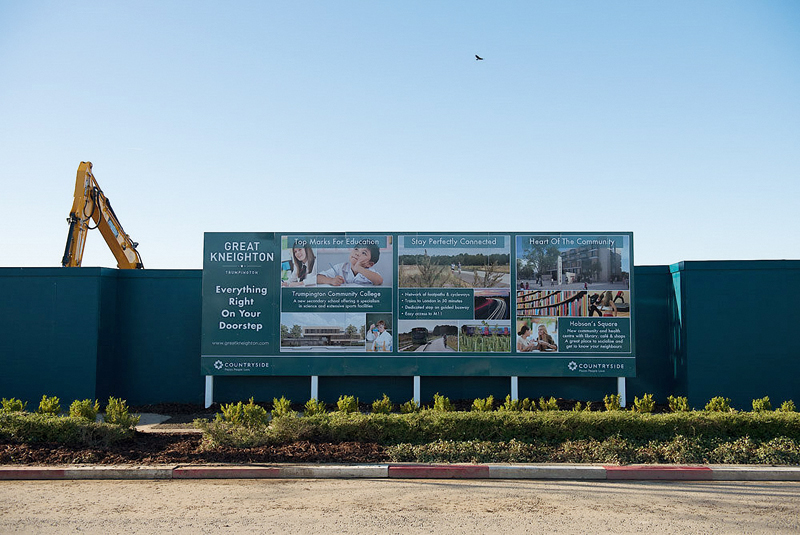
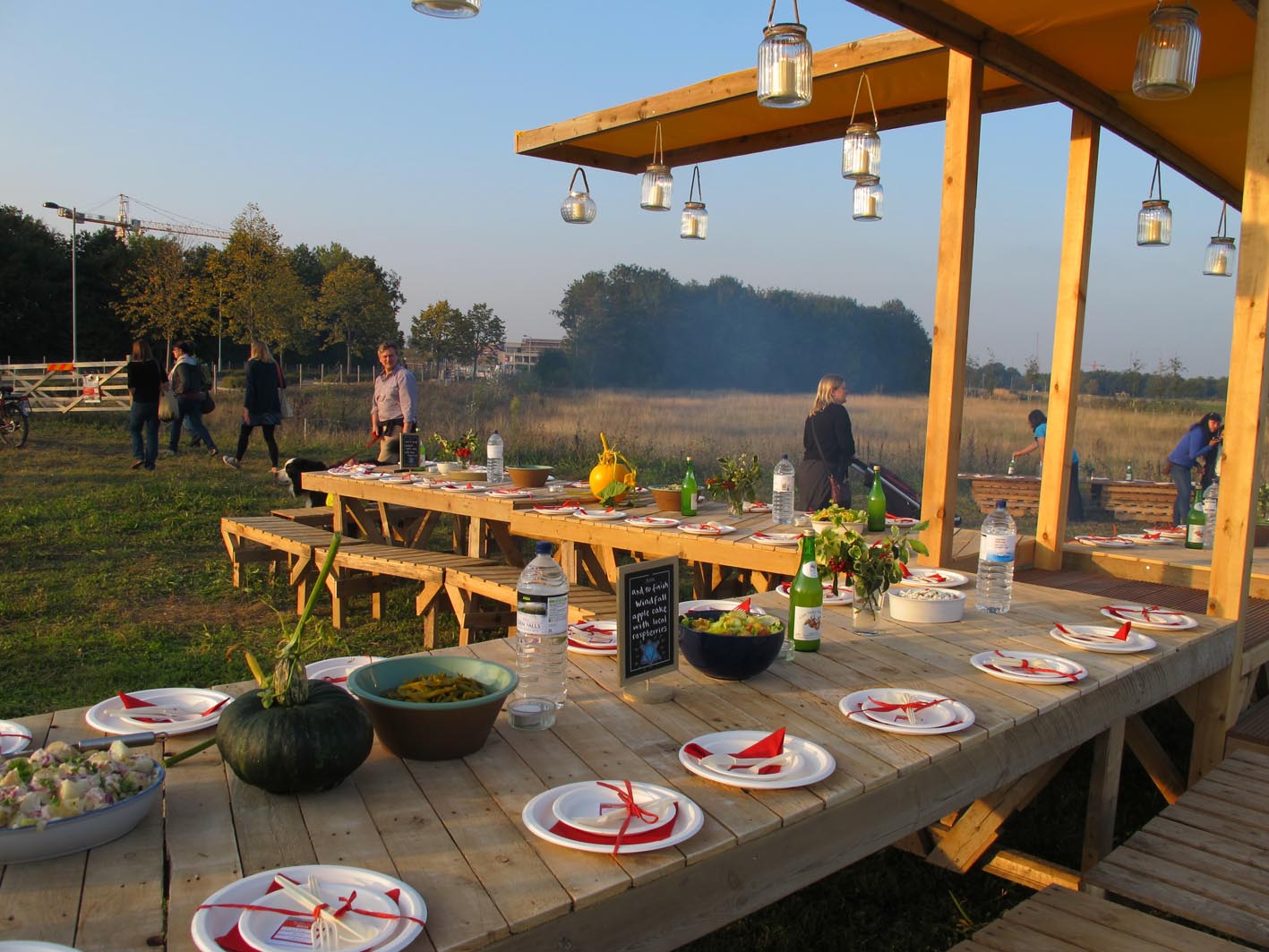
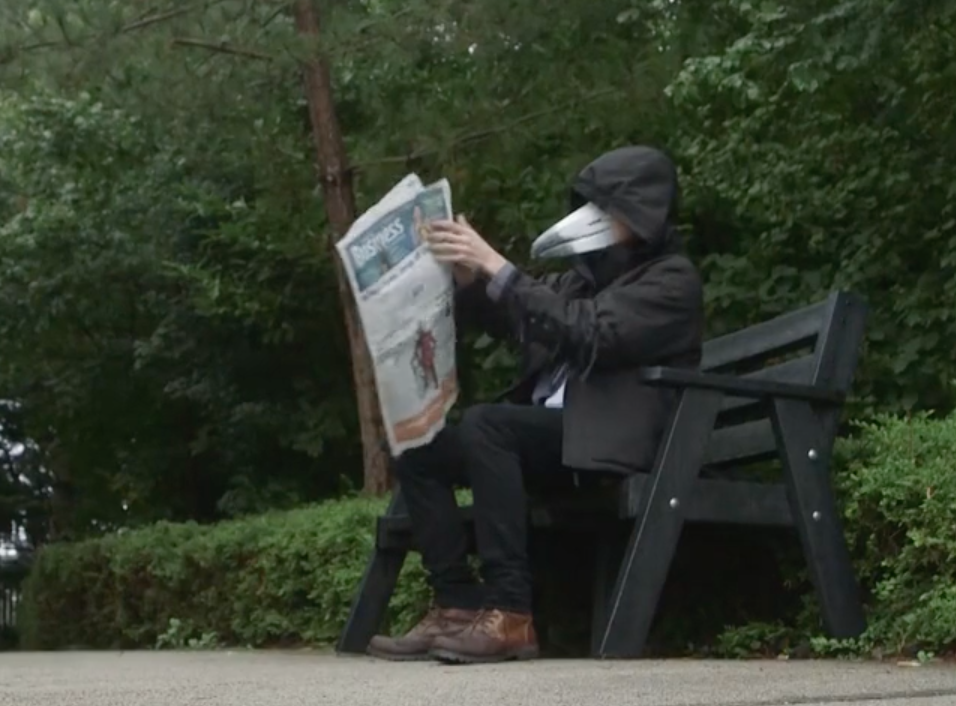
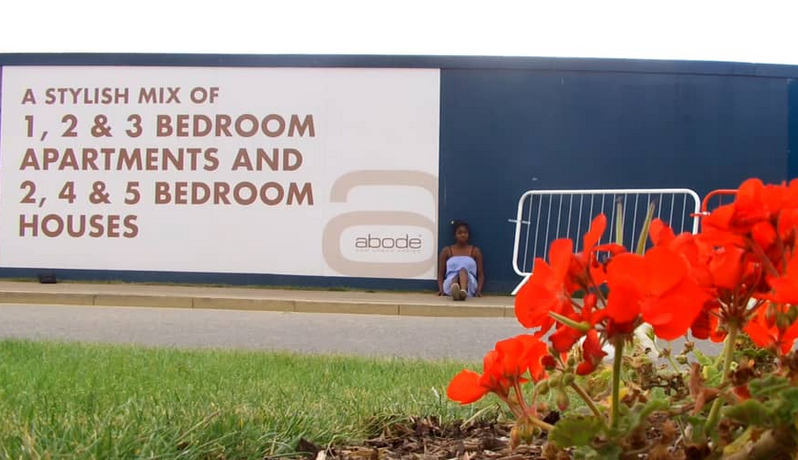
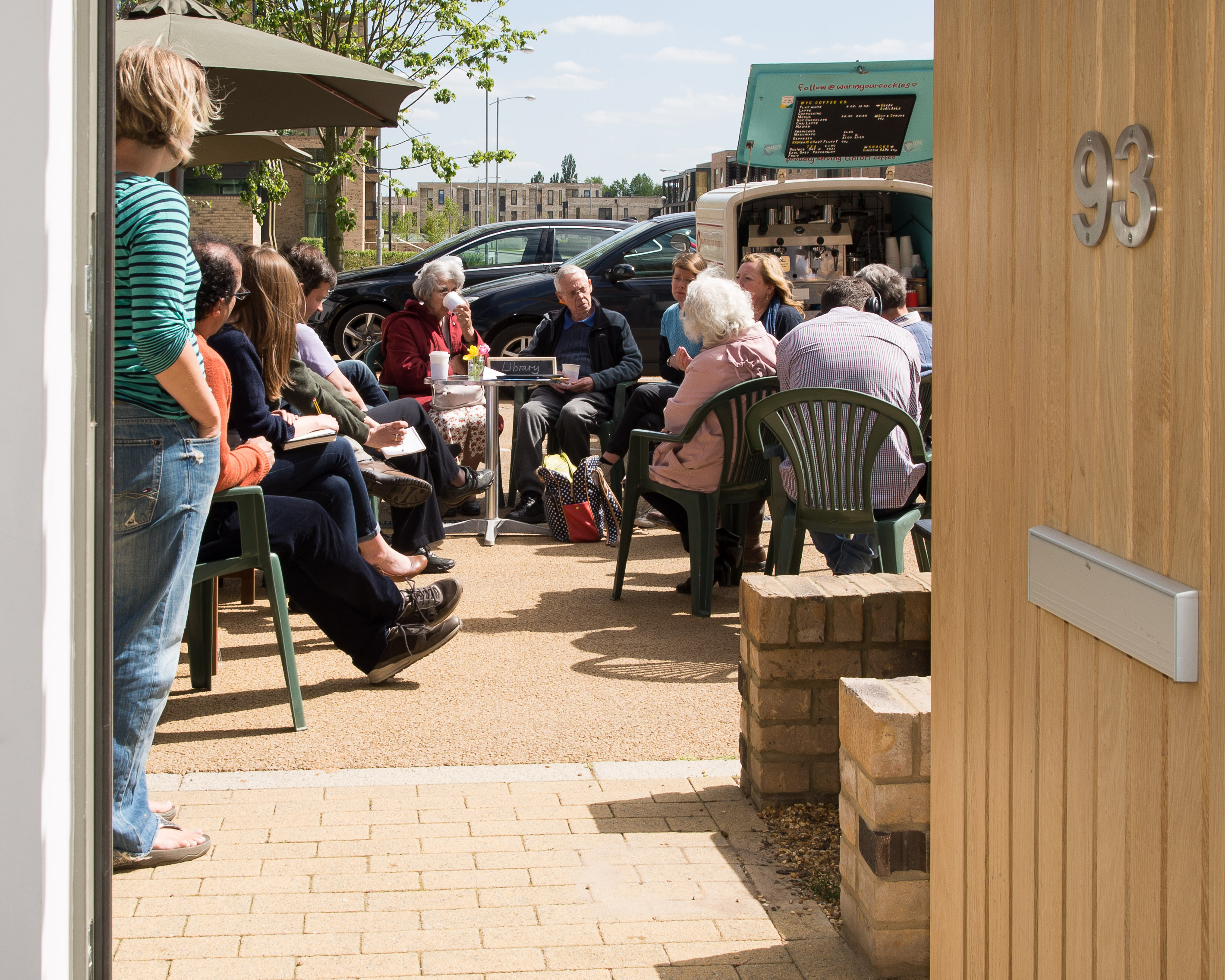
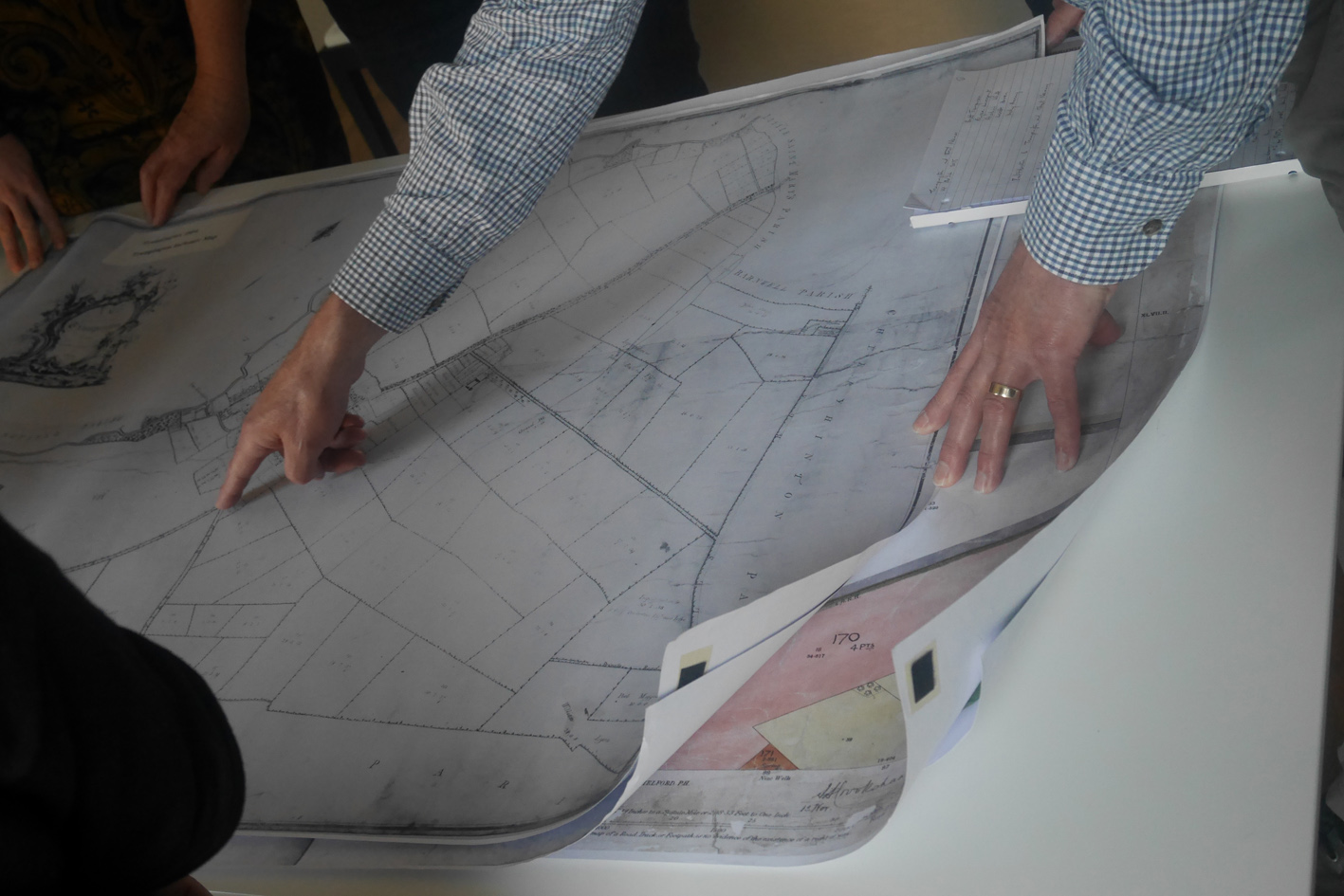
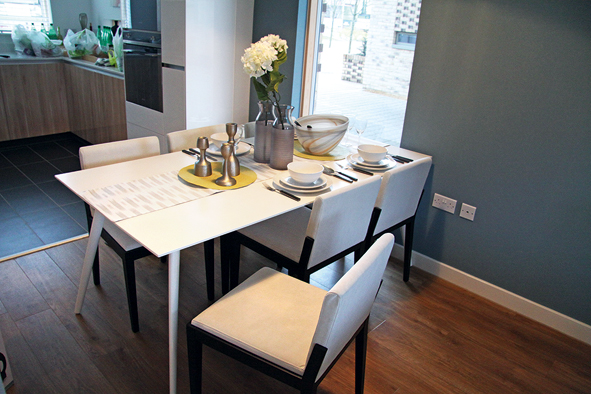
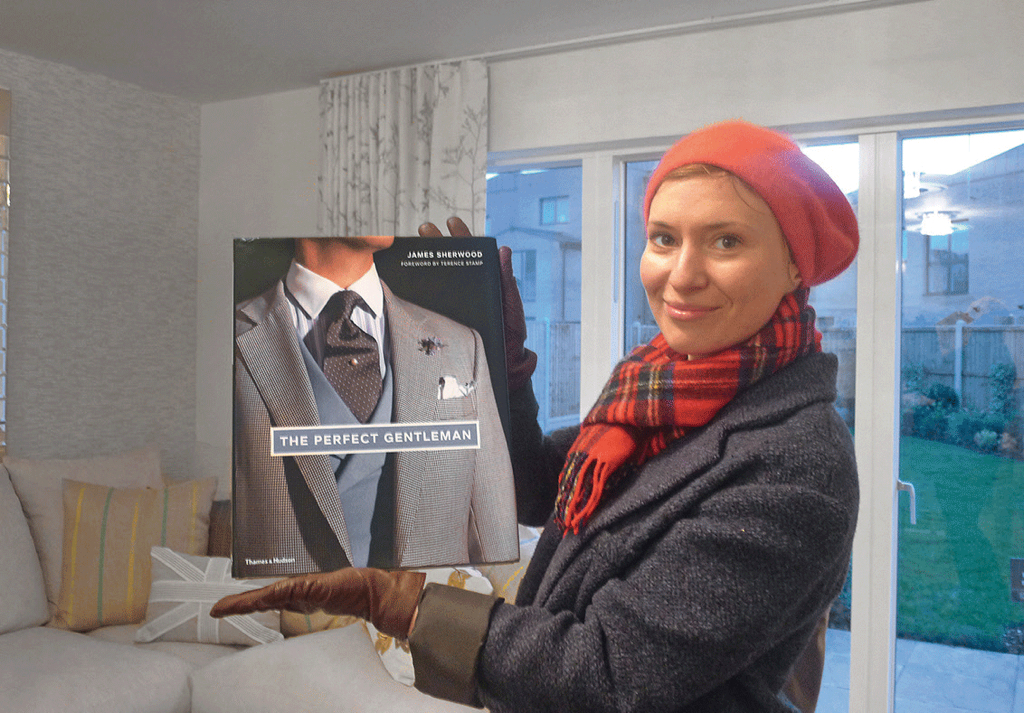
Age81
Lives inByron Square
Moved to Trumpington in1966
Type of housingThree-bedroom, end of terrace council house, built in 1947
Current market valueCurrent market value of around £260,000 (according to Zoopla)
Current council rentApprox £120 per week
Favourite place in TrumpingtonSitting on a chair in her dining room looking out over the recreation ground
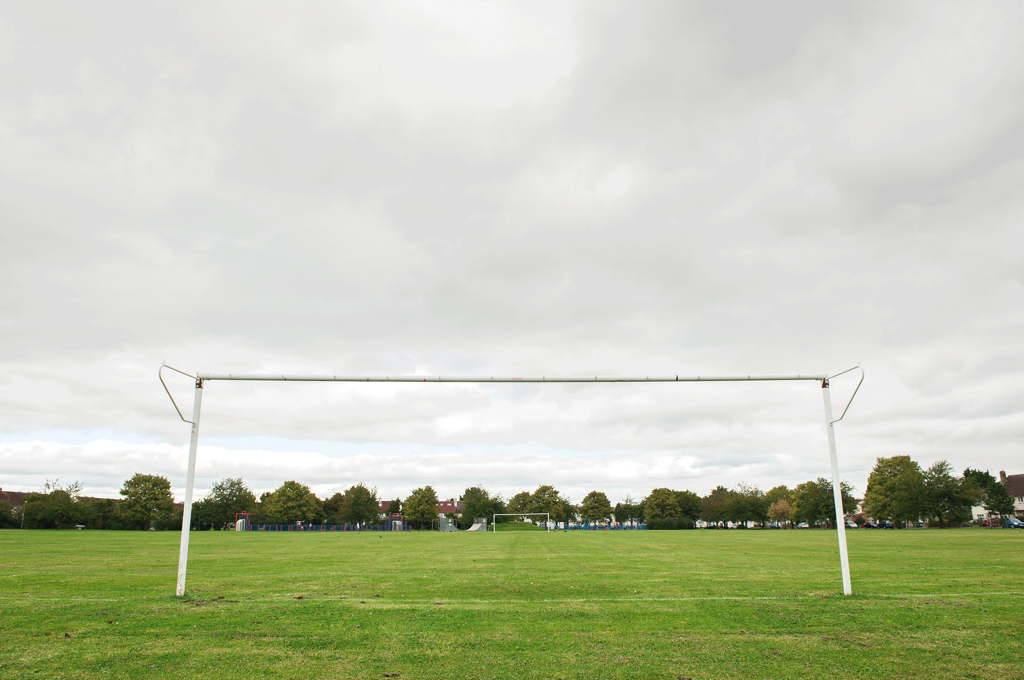
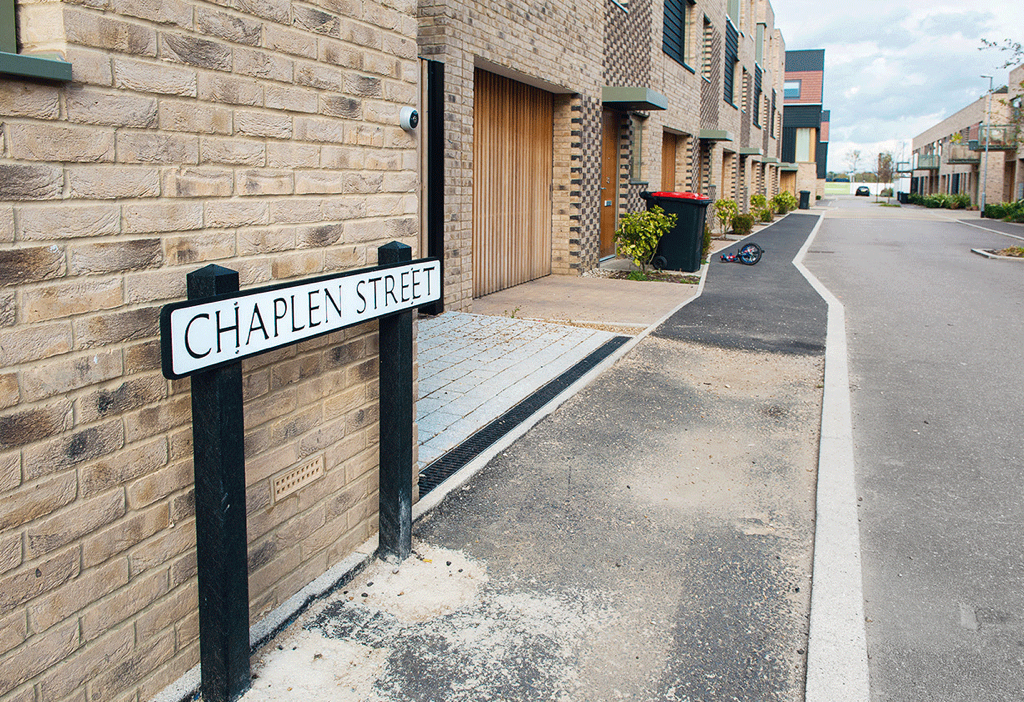
Age36
Lives inChaplen Street
Moved to Trumpington inMarch 2013
Type of housingFour-bedroom, three storey, private house, built in 2013
Current market valueCurrent value Around £534,000 (according to Zoopla)
Age72
Lives inTrumpington Hall
Moved to Trumpington inThe Pemberton family have been resident in Trumpington since 1715. They originally came from Pemberton in Lancashire.
Type of housingManor house first built circa 1600, with 600 acres of land
Current market valueundisclosed
Favourite place in TrumpingtonTrumpington Hall
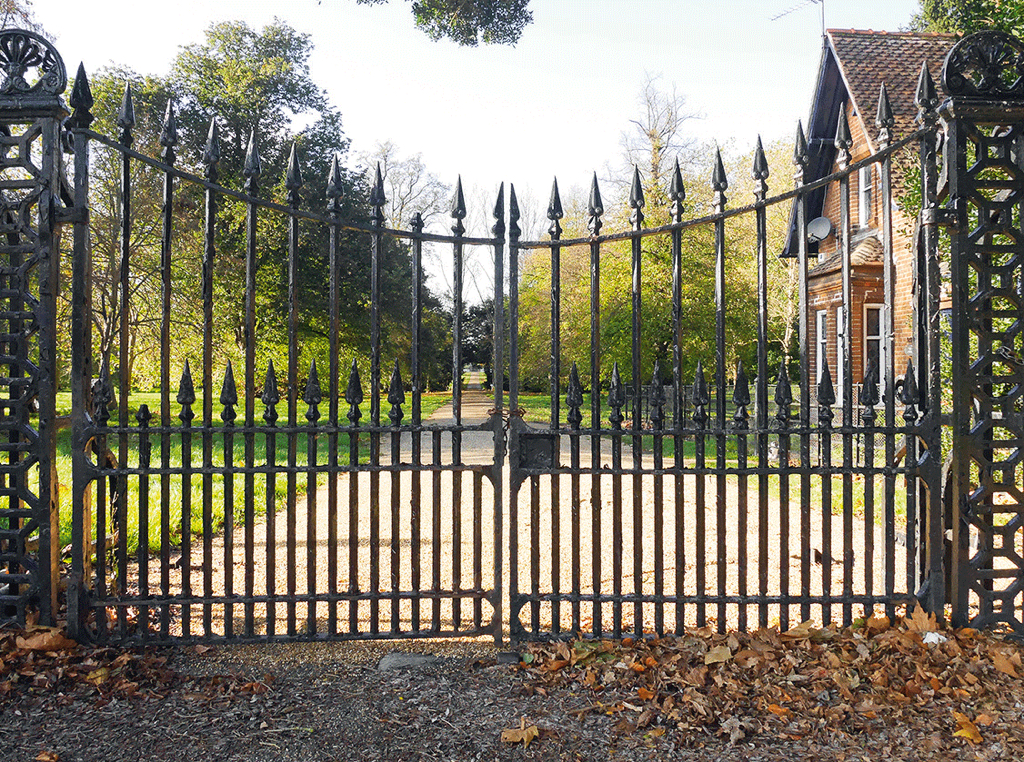
Tucked away on the very western edge of Trumpington village with acres of garden that run down to the reed beds of the River Cam, the imposing Grade II-listed mansion is all red bricks, tall chimneys, sash windows and L-shaped wings draped with purple wisteria.
Lord Chief Justice Sir Francis Pemberton bought Trumpington Hall and 1,000 acres of land around it for 1,000 guineas in gold pieces back in 1675. The receipt is still in the boxes of family archives to this day. More than 300 years later, the Pemberton family’s ancestral home – with its commanding views over Grantchester Meadows in one direction and the spires of King’s
College, Cambridge in the other – is idyllic by any standards. Even the most superlative of estate agent adjectives couldn’t begin to describe a home that has been rumoured to host royal visitors. But today’s occupant, 72-year-old Antony Pemberton, definitely has no intention of selling.
“I love it here,” he says, his eyes sparkling as he gets ready to give us a tour down memory lane. A brief glimpse inside the Pemberton family home is enough to convince any visitor of Trumpington Hall’s impressive credentials. It is certainly spacious, to use estate agent’s hyperbole. In fact, as was the case for many large houses during the Second World War, the hall was turned into a Red Cross Hospital that was home to 1,399 injured soldiers, under the commanding presence of Antony Pemberton’s formidable grandmother, Viola Pemberton. One of Antony’s first memories as a child is of officers sitting on the veranda.
Today, the ancestral Pemberton home has an air of tranquility, with its long corridors leading off into dimly-lit rooms. But it is still at the heart of the Pemberton’s family-run Trumpington Estate, which tends most of the arable farming land that is still left intact around Trumpington. Many acres have been either sold off for housing or compulsorily purchased since the 1940s.
For generations, the majority of the land owned by the Pemberton family was farmed by tenant farmers. In the early 1900s, the heart of the village still had three working farms. Antony’s father – the late Sir Francis Pemberton – started farming in 1935 and the family’s farming business now manages 3,000 acres of land, some of it beyond Trumpington in other parts of the county.
Since Antony retired in 2007, his oldest son Richard, 43, is now in charge of the day-to-day running of the Trumpington Estate. They sell their high-grade wheat for Warburton’s bread and farm the land with high-tech combine harvesters and state-of-the-art equipment that uses satellite technology to map out the yield of each field, down to the last centimetre. It’s big business.
Until the housing estate was built, there were very few houses. The housing estate changed the character of the village.
Driving around Trumpington as our impromptu tour guide in his Sunday best tweed suit, silver-haired Antony Pemberton recalls the days when cows used to be driven across Trumpington High Street four times a day – from the grazing land close to Trumpington Hall to be milked at the dairy at the old Manor Farm House, near the site of today’s Village Hall (the land for which was gifted by the Pembertons to the villagers of Trumpington in the early 1900s).
“We had three dairy herds at one point,” he recalls, as his Land Rover negotiates the heavy traffic along the main artery that today carries cars from the M11 into Cambridge.
“It would be rather fun to take cows across the road today,” he says, with a wry smile.
He paints a vivid picture of what Trumpington High Street used to look like when he was a boy, before he went up to read agriculture at Trinity College and went on to take over the management of the farm, following in the footsteps of generations of Pembertons before him.
“It didn’t have any traffic lights or anything like that,” he says. “There just wasn’t the quantity of traffic. You never thought about getting stuck in traffic on the way to Cambridge.”
“When I started farming, there was a small field on the High Street (where the main Bidwells building is) where sheep grazed,” he says. “And where the Bidwells building is by the War Memorial, that was a blacksmith,” he remembers.
“The thatched cottage in the High Street had a chap in called Gentle. He was deaf and dumb. When the doorbell rang, a ping pong ball used to swing across his face. He died in the 60s. When we went to clean the house out, we found a service revolver in the bread oven. So he’d probably been in the First World War. Quite a lot of chaps when I first started working had been in the First World War.”
“There was a row of cottages here,” he says, as we continue our drive along the High Street. “Until the housing estate was built, there were very few houses,” he says. “The housing estate changed the character of the village.”
It would be rather fun to take cows across Trumpington High Street today…
Back in 1936, six years before Antony was born, the local authority decided to develop 55 acres of Trumpington green belt to build 360 council houses, a recreation ground and allotments. The land belonged to the Pemberton family and was bought under the threat of compulsory purchase for the princely sum of £9,150 in 1939. The war years intervened and building work didn’t begin until after the war had finished. But it was the beginning of the end of Trumpington’s bucolic existence. Trumpington’s population swelled from just over 1,000 at the turn of the century to more than 6,000 in the 1951 census.
“A lot of the houses on the housing estate were built with asbestos, which was the cheapest building material in 1946,” he continues. “And some of the people who bought their council houses bought a whole lot of trouble. A lot of the roofs and walls were made of asbestos.”
Antony planted a tree belt including poplar trees on Clay Farm to screen the houses on the council estate and to improve his view from the fields across from the top of the Gog Magogs. It’s a row of trees that today still stands proudly sentinel as a screen between Trumpington estate and the 1940s houses of the new Great Kneighton development on the fields beyond, even though some of them have been felled to make way for the new houses.
A decade after the new Trumpington housing estate was built, the Pembertons were asked to sell off more of their Clay Farm land to make way for Addenbrooke’s Hospital – which now dominates Trumpington’s skyline.
“Most of the original hospital site was compulsorily purchased,” says Antony. “Not quite all. The land for the Frank Lee Centre was gifted by the family for the building of the recreation centre.”
“They started building Addenbrooke’s in the very late 1950s. From memory, the chimney went up in the mid 60s. It went up in 10 days. The shuttering was jacked up an inch every 10 minutes while the tallest mobile crane in Europe poured concrete. The crew who were doing it would be up there for eight hours at a time."
"It was scaffolded around the outside. The temperature inside the scaffolding was about 110 degrees. It was a remarkable feat.”
Antony Pemberton also has vivid memories of the Royal Show, the premier agricultural event of the year, which was held on prime Pemberton farming land in 1951, 1960 and 1961. There were livestock displays and machinery demonstrations to entertain visiting dignitaries and local onlookers. The site came to be known as the Showground. And local people from the Trumpington estate came to work in the kiosks and at the stands to earn some extra money.
“It was THE show in England. It was THE agricultural event,” he recalls. “I came to the 1960 show for the day after I’d finished my A-levels, about a week before I left school. In 1961, I was official chauffeur for the Minister of Agriculture, who was Lord Soames at the time.”
“To give you an idea of the scale, they used to move 10,000 sleepers to make the roads every year,” he says. “They did it all with a very small staff. It was a nightmare farming it afterwards. All the trade stands were tented. There were so many canvas nails left on the ground, we virtually had to do all the work with crawler caterpillar tractors afterwards to avoid punctures.”
We pause our tour for a moment atop the new Addenbrooke’s access road that cuts a swathe through what was once prime arable farming land. It was here on Clay Farm that the Royal Show took place. The great hulk of the hospital dominates the horizon, with the rolling hills of the Gog Magogs stretching out behind. And already the new homes of the 2,300-house development called Great Kneighton are springing up where once the Pembertons planted potatoes, sugar beet, wheat, peas and beans and where red-listed birds like yellow hammers and corn buntings once bred.
After the former green belt land on Clay Farm was designated by the City Council for development, the Pembertons sold 160 acres of land to the developers Countryside Properties for an unconfirmed sum. Although the land has been in his family for generations, Antony betrays no visible signs of regret as he surveys the bulldozers and half-built houses stretching as far as the eye can see.
Today, Countryside Properties and other housing developers are marketing Great Kneighton as “an investor’s dream”. As well as thousands of new state-of-the-art homes, there will be a new primary and secondary school, a community square with new shops, parks, a library and doctors, not to mention a 120-acre country park being built between Hobson’s Brook and the railway line that runs to London.
When asked what his ancestors might have thought about these new developments, Antony is philosophical, “It’s progress,” he says, as he manoeuvres his Land Rover back into the Trumpington traffic to return back to his corner of England that stands across the River Cam from The Old Vicarage in Grantchester – the very view that homesick World War I poet Rupert Brooke dreamt of when he wrote his famous couplet:
“Stands the Church clock at ten to three? And is there honey still for tea?”
As he drives back up his gravel driveway, past the slightly incongruous petrol pump that was installed in 1935 and the gardener’s house that was built in 1926, he drops his guard and talks proudly about his role as steward of the countryside in the 600 acres of land around his home. It is here that he feels the real emotional pull to his family’s ancestral land. He is proud that his son Richard has carried on the stewardship to recreate 70 acres of water meadows. Already green plovers and little egrets and 14 pairs of herons have come to nest on the fenland that has been painstakingly restored. Over the past 40 years, Antony has been replanting the trees that his father pulled out during his lifetime. He is proud of the job he has done as a professional farmer over the years. And he is proud too that he can still see the dreaming spires of King’s College from Trumpington Hall – he hopes that the same view will still be there for future generations to enjoy.
As he draws up his Land Rover outside the stable block, it’s hard to imagine that, just half a mile away, builders are busy constructing thousands of new homes.
“I just hope they can get the infrastructure sorted out,” he says. “How it’s going to cope with all the extra people, I don’t know…”
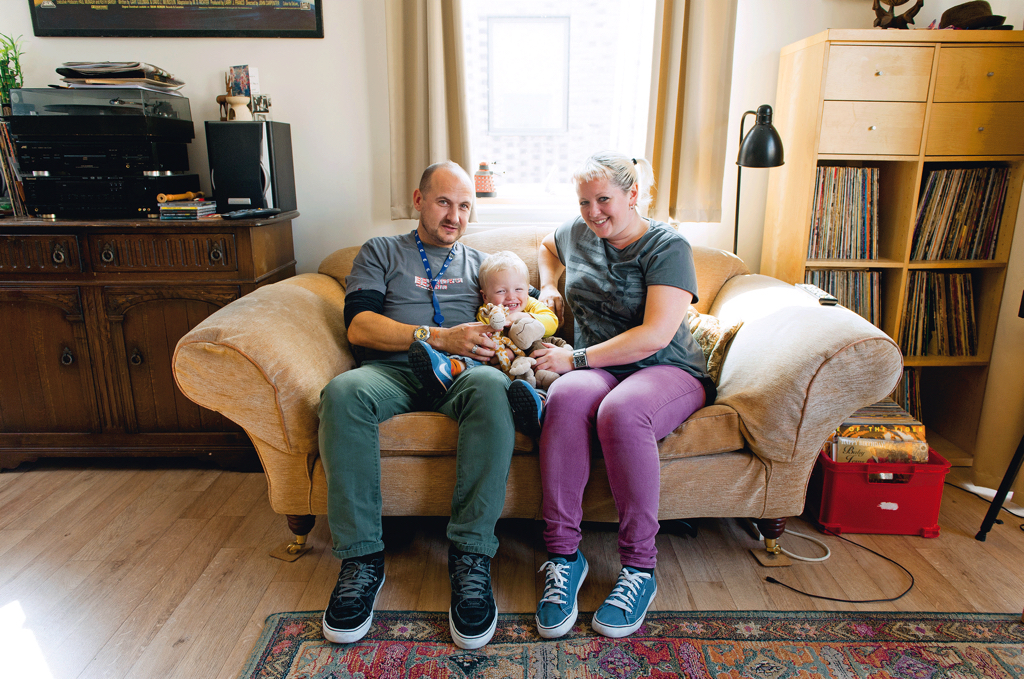
Age31/ 46
Lives inChaplen Street
Moved to Trumpington inMay 2013
Type of housingTwo-bedroom apartment rented from housing association
Current market valueAround £299,000
Current council rent£150 per week
Favourite place in TrumpingtonApart from their home, their favourite place in Trumpington is the beer garden at the Lord Byron, where they like to stop off for a refreshing pint after a Sunday walk to Grantchester.
Age63
Lives inFoster Road
Moved to Trumpington in2003
Type of housingThree-bedroom terraced former council house, built in 1947
Current market valueAround £310,000 (according to Zoopla)
Favourite place in TrumpingtonNine Wells – a nature reserve with several chalk springs that form the source of Hobson’s Conduit, which carries water along Hobson’s Brook into the heart of Cambridge.
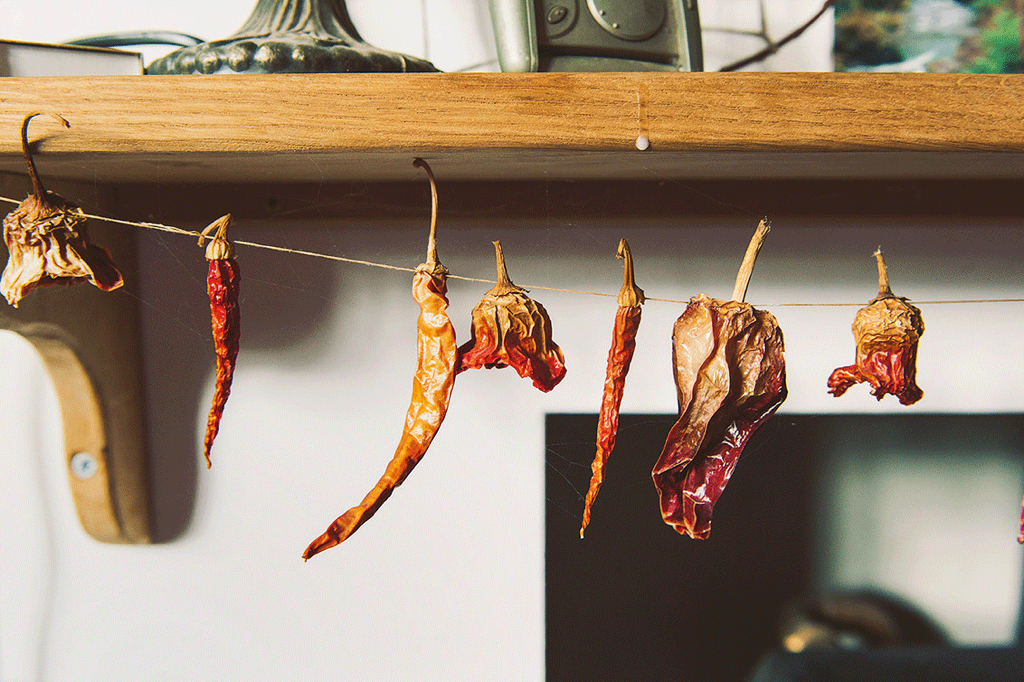

Age18
Lives inPaget Road
Moved to Trumpington in2003
Type of housingThree-bedroom terraced council house, built in 1946
Current market valueAround £250,000 (according to Zoopla)
Favourite place in TrumpingtonCommunity Orchard
Age41
Lives inPartridge Close
Moved to Trumpington inJuly 2013
Type of housingThree-bedroom end of terrace house, rented from housing association
Current council rentAround £154 per week
Favourite place in Trumpington“I love my house”
